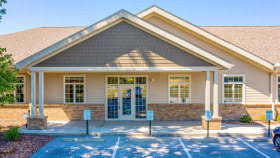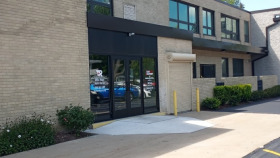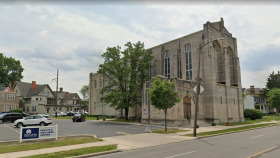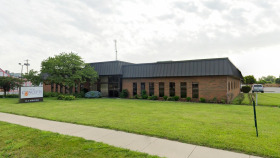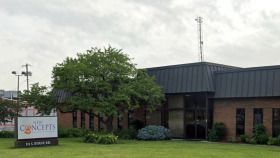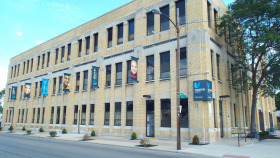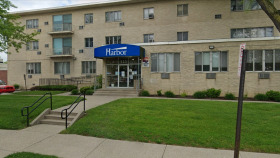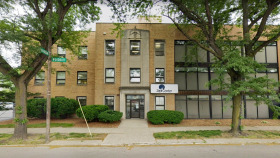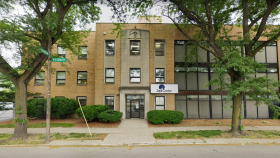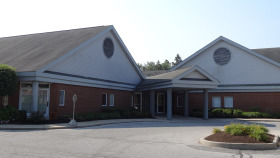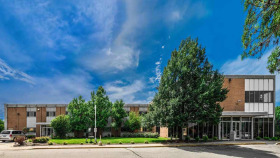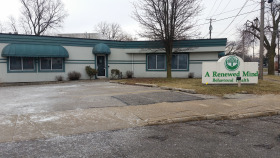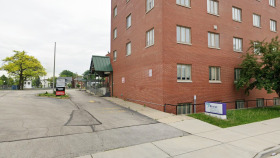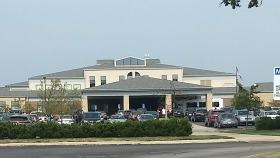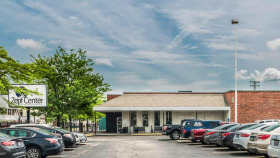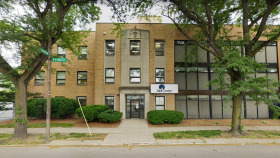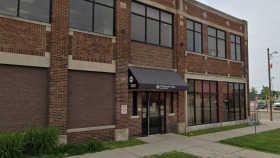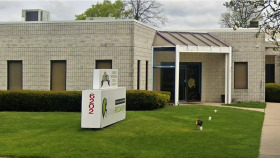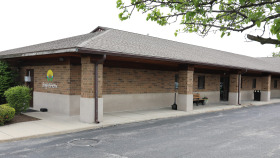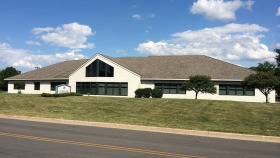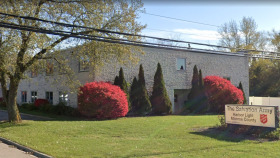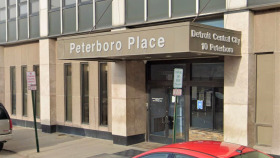Expert Insights
We hear about drug dealers using technology to their advantage – to advertise, to sell, to hide their crimes on the dark web. I say, ‘Can’t we use their technology against them?’ And the answer is yes. In Toledo, there’s a new resource to fight back. The Ohio Narcotics Intelligence Center is open and active. This center allows law enforcement to gather data and use it to catch and prosecute dealers. The tech allows them to collect photos, texts, time stamps, and more, to see how people are getting drugs and to identify suspects. Already the Center has assisted in over 2,000 cases statewide, providing crucial information to make Ohio a safer place. Way to go, Toledo! I hope other states are making similar efforts.
~ Kerry Nenn
How Expensive is Drug Rehab in Toledo?
The cost of drug rehab in Toledo, OH, can vary greatly, based on a number of factors. Your treatment may be more affordable or expensive due to:
Several factors influence the total cost, such as:
Treatment setting (inpatient or outpatient)
Features and amenities (luxury or standard rehab facility)
Duration of program (30, 60, or 90 days)
Health insurance plan
Choosing a rehab facility in-network with health insurance provider
Government funding
Location (city vs. suburb)
With these variations in mind, your cost for rehab may be very different from another Toledo resident. However, the average cost of inpatient drug rehab in Ohio is $56,688. For outpatient drug rehab, the cost averages around $1,700. For medication assisted treatment (MAT), nationwide, the average cost of methadone treatment is $126 per week. Stable patients who receive buprenorphine medication can expect to pay $115 per week. Naltrexone and related services cost an average of $1,177 per month.
How Does Toledo Compare in Alcohol and Drug Use?
Located along the shores of Lake Erie, near the Canadian border, Toledo has been a major hub of drug trafficking and related drug use for many years. During the 12-month period ending June 2022, Toledo’s Lucas County experienced 235 drug overdose deaths. Fortunately, help is available for those who need drug rehab in Toledo, OH. There are 27 treatment centers in the area, offering a variety of rehabilitation options.
The following numbers indicate recent trends for substance abuse in Toledo, OH, and its surrounding Lucas County.

In 2020, the opioid dispensing rate in Lucas County was 79 per 100 residents.

The rate of drug-related crime in the Toledo metro area is 1.45 per 1,000 residents per year.

As of 2020, 22% of Lucas County adults were considered binge drinkers.

5% of Lucas County adults have used a program or service to help with an alcohol problem.
- In 2020, 8% of Lucas County adults reported misusing prescription drugs in the past 6 months.
- 3% of Lucas County adults reported in 2020 that they were prescribed opioid-based medication and had trouble stopping.
- In 2020, 7% of Lucas County adults reported using recreational marijuana or hashish in the past 6 months.
- As of 2020, 2% of Lucas County adults had used a program or service to help with a drug problem.
- Toledo has averaged over 200 drug overdose deaths per year since 2020.
- Fentanyl is involved in around 90% of overdose deaths in Lucas County.
Alcohol and Drug Laws in Toledo, OH
State and local Ohio officials have established the following laws in Toledo regarding substances, substance use, and related issues.
Addiction Discrimination Laws:: If an employee needs addiction treatment in Toledo, OH, employers are required to provide reasonable accommodation for them. Employees can request time off work to attend treatment, and this request must be granted, as long as their absence wouldn’t cause hardship for the company.
Naloxone Access Law: Ohio law allows anyone to purchase naloxone at a pharmacy without a prescription. This law is designed to increase access to medication that can reverse a deadly opioid overdose.
Good Samaritan Overdose Law: This law offers protection from drug-related prosecution for individuals who call 911 when they witness someone overdosing. The individual must seek referral for addiction treatment in the following month to maintain immunity. Each individual may only invoke protection under this law twice.
Lucas County Drug Court: The Drug Court of the Lucas County Court of Common Pleas offers special consideration for defendants who commit crimes due to their dependency on substance use. The court offers treatment options in lieu of other sentencing.
Resources
- Provisional County Drug Overdose Deaths. (2022, February 8). National Center for Health Statistics
- Toledo metro, OH drug-related crime rates and maps. (n.d.). CrimeGrade.Org.
- 2019-2020 Lucas County Community Health Assessment (n.d.-a). Community Healh Assessment
- Heid, D. (2023, January 12). Staggering majority of Toledo overdose deaths caused by fentanyl, health department says
- National Institute on Drug Abuse. (2021). How much does opioid treatment cost?


